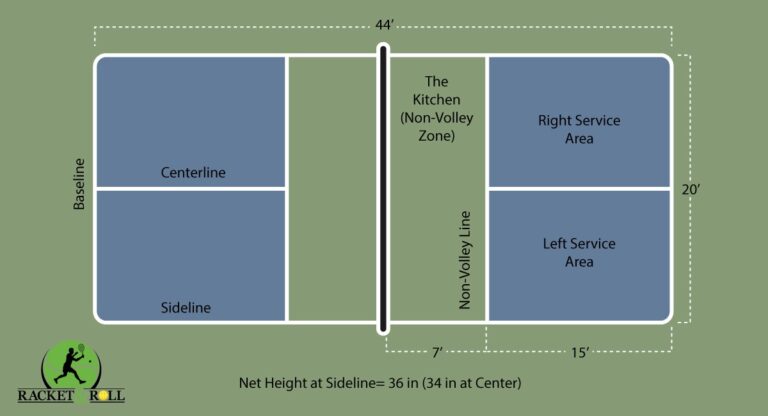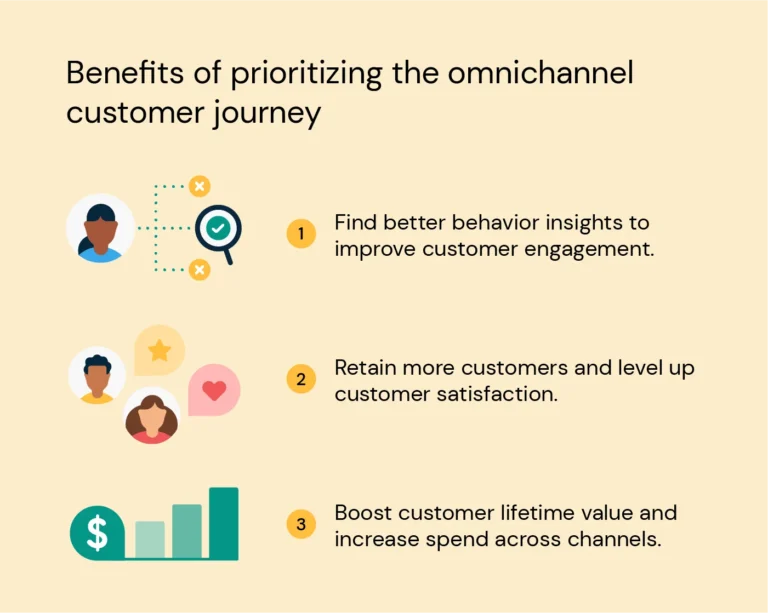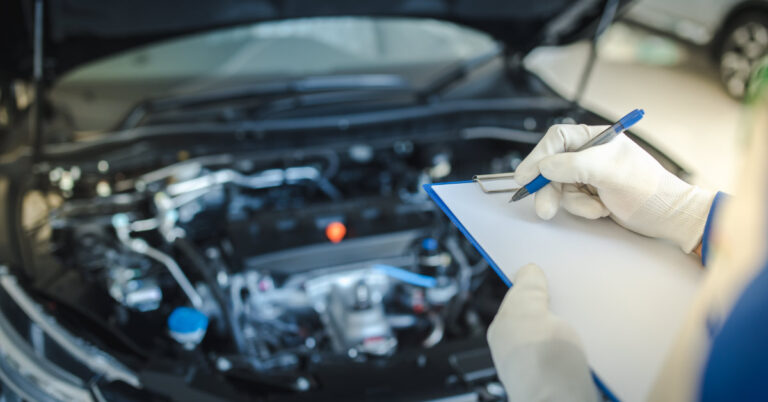The Ultimate Guide to Air Conditioning System Care and Performance
Air conditioning systems are essential for comfort, health, and productivity in modern indoor environments. Whether installed in homes, offices, or industrial facilities, these systems maintain ideal temperature and humidity levels, ensuring that occupants stay cool during warmer seasons. Despite their significance, air conditioners are often overlooked when it comes to regular care and upkeep. This neglect can lead to inefficiencies, breakdowns, and increased energy consumption.
This guide is designed to provide a comprehensive understanding of how air conditioning systems work, why routine care is vital, and how both homeowners and facility managers can implement effective maintenance strategies. From recognizing early warning signs of malfunction to understanding when to seek professional help, this article offers in-depth information to help ensure long-term performance and reliability.
How Air Conditioning Systems Work
To appreciate the importance of proper maintenance, it’s useful to first understand the basic operation of an air conditioning system. Most systems consist of the following key components:
- Evaporator Coil: Absorbs heat from the indoor air.
- Condenser Coil: Releases the absorbed heat outdoors.
- Compressor: Pumps refrigerant through the coils.
- Air Handler and Blower: Circulates air through the system and into rooms.
- Thermostat: Regulates the desired temperature by controlling the system’s operation.
These components work in concert to cool and dehumidify indoor air. Any failure or inefficiency in one part of the system can affect the performance of the whole unit.
Common Issues in Air Conditioning Systems
Several problems can arise from prolonged use and a lack of care. Recognizing these issues early is critical to preventing more significant damage:
- Refrigerant Leaks: Reduced refrigerant levels compromise cooling efficiency and can harm the compressor.
- Dirty Filters: Clogged filters restrict airflow, making the system work harder and increasing energy use.
- Frozen Coils: Often caused by low airflow or refrigerant problems, this issue can stop the system from functioning altogether.
- Drainage Issues: Blocked drain lines lead to water leakage and possible indoor humidity problems.
- Faulty Thermostat: A malfunctioning thermostat can result in incorrect temperature readings and erratic system behavior.
- Electrical Failures: Capacitor or wiring issues can prevent the unit from turning on or cause it to shut down intermittently.
Identifying and addressing these problems early through regular inspections and maintenance can dramatically reduce the likelihood of system failure.
The Importance of Regular AC Maintenance
Routine care of air conditioning systems is crucial for several reasons:
- Efficiency: Clean components and proper refrigerant levels help the system run efficiently, reducing energy bills.
- Longevity: Preventative care extends the lifespan of the unit by minimizing wear and tear.
- Air Quality: Regular filter changes and duct cleaning reduce the amount of dust, pollen, and other pollutants.
- Fewer Repairs: Minor issues caught early prevent costly emergency repairs down the line.
- Consistent Comfort: A well-maintained system delivers reliable performance during peak usage.
Although it may seem like an extra expense or inconvenience, regular ac maintenance is a long-term investment in the comfort and safety of your indoor space.
DIY Maintenance Tips for Homeowners
There are several steps homeowners can take to maintain their air conditioning systems and ensure they operate efficiently:
1. Replace or Clean Air Filters Regularly
Air filters should be checked monthly and replaced every 1–3 months depending on usage and environmental conditions. Clean filters improve airflow and protect the system from dust buildup.
2. Inspect and Clean the Outdoor Unit
Leaves, dirt, and debris can accumulate around the outdoor condenser unit. Clear at least two feet of space around it and gently clean the fins with a garden hose.
3. Check the Thermostat
Ensure the thermostat is working properly and is set to a reasonable temperature. Consider upgrading to a programmable or smart thermostat for greater efficiency.
4. Clean Vents and Registers
Dust can accumulate in vents, reducing air quality and flow. Remove and clean the vents with a vacuum or damp cloth regularly.
5. Examine Ductwork for Leaks
Inspect accessible ductwork for holes or loose connections. Sealing leaks can significantly improve system performance and reduce energy consumption.
6. Check Condensate Drain Line
Ensure that the condensate drain is clear to prevent water damage and mold growth. A blocked drain line can lead to indoor water pooling or system shutdowns.
These basic tasks can be performed by most homeowners and are critical in maintaining a healthy and efficient system.
When to Call a Professional
While DIY maintenance is essential, some tasks are better left to trained technicians. Annual inspections by certified HVAC professionals can catch problems that are not visible or accessible to the average homeowner. During a professional service appointment, technicians will:
- Check refrigerant levels and test for leaks.
- Inspect and tighten electrical connections.
- Lubricate moving parts to reduce wear.
- Calibrate thermostat and test system controls.
- Measure airflow through the evaporator coil.
- Clean the evaporator and condenser coils thoroughly.
- Check and clear the condensate drain line.
These actions require specialized tools and knowledge, making them best handled by experts. Additionally, a professional tune-up often includes a detailed performance report, helping homeowners make informed decisions about repairs or upgrades.
Seasonal Maintenance Checklist
Performing certain maintenance tasks seasonally can keep your system in peak condition year-round. Here’s a quick guide:
Spring Preparation
- Replace filters.
- Clean outdoor unit.
- Schedule a professional inspection.
Summer Usage
- Monitor thermostat and system performance.
- Keep vents and ducts clean and unblocked.
- Maintain clear space around outdoor unit.
Fall Transition
- Inspect duct insulation for heat loss.
- Clean coils before shutting down the system.
- Turn off the system at the breaker if it won’t be used during winter.
Winter Readiness
- Cover the outdoor unit (if manufacturer recommends).
- Check that indoor air quality systems (like humidifiers) are functioning.
- Clean vents and replace filters again to prevent buildup.
A structured seasonal maintenance plan helps prevent surprises and keeps the system ready when needed most.
Energy Efficiency and Cost Savings
Investing time in ac maintenance is directly linked to lower utility bills and improved environmental impact. A clean, well-maintained system consumes less electricity, reducing both operating costs and carbon emissions.
Other energy-saving tips include:
- Use ceiling fans to circulate cooled air more effectively.
- Block direct sunlight with curtains or blinds during peak heat hours.
- Seal windows and doors to prevent cool air from escaping.
- Insulate ducts to reduce energy loss.
Over time, these small actions can lead to substantial financial savings and increased system longevity.
When to Consider System Replacement
Despite diligent upkeep, there comes a time when even the best-maintained system becomes inefficient. Consider replacing your air conditioner if:
- It’s more than 10–15 years old.
- Repairs have become frequent and costly.
- Your energy bills continue to rise despite regular maintenance.
- The system uses outdated refrigerants like R-22, which are being phased out.
Modern AC units offer advanced features like variable-speed motors, smart thermostats, and zoning capabilities, all contributing to better comfort and efficiency. Before purchasing a new system, consult a trusted HVAC provider to assess your specific needs and system compatibility.
Choosing the Right Service Provider
Not all HVAC service providers are equal. When selecting a technician for ac maintenance or repair:
- Look for certifications from recognized institutions like NATE (North American Technician Excellence).
- Check reviews and ask for references.
- Confirm that they offer warranties on their work.
- Ensure they are licensed, bonded, and insured.
- Ask for a detailed estimate before authorizing any work.
A reliable technician is not just a repairperson but a long-term partner in keeping your home environment safe and comfortable.
Conclusion
Air conditioning systems are a cornerstone of modern living, offering relief from heat and creating a comfortable, productive environment. However, this comfort comes with the responsibility of regular care and upkeep. Consistent ac maintenance ensures that systems run efficiently, last longer, and provide better air quality and comfort.
Whether performing simple tasks like replacing filters or scheduling professional check-ups, proactive maintenance helps prevent costly breakdowns and keeps energy consumption in check. Ultimately, a well-maintained air conditioning system pays dividends in comfort, cost savings, and peace of mind.
By understanding your system, monitoring its performance, and staying committed to regular upkeep, you can enjoy the full benefits of your investment for many years to come.








